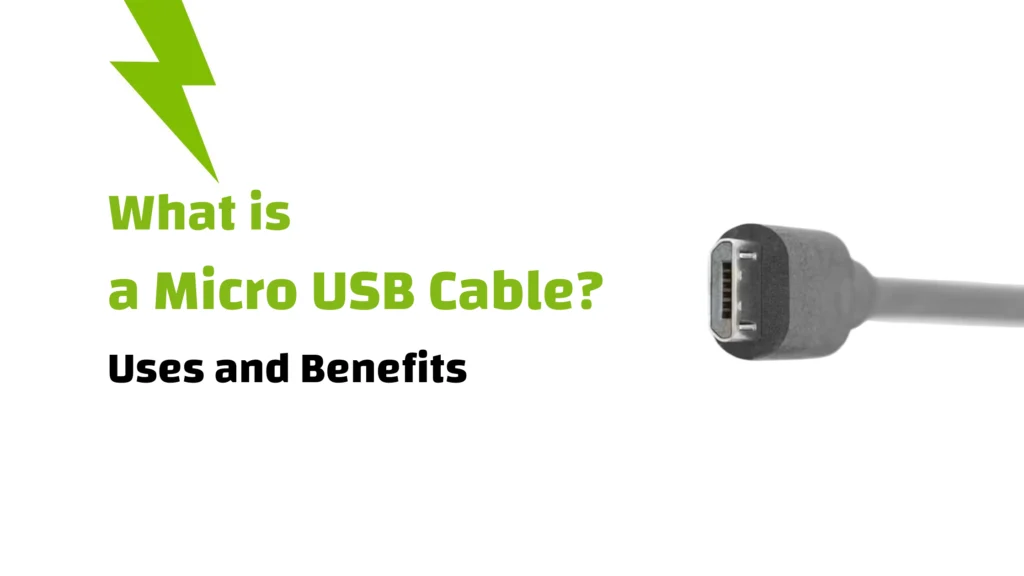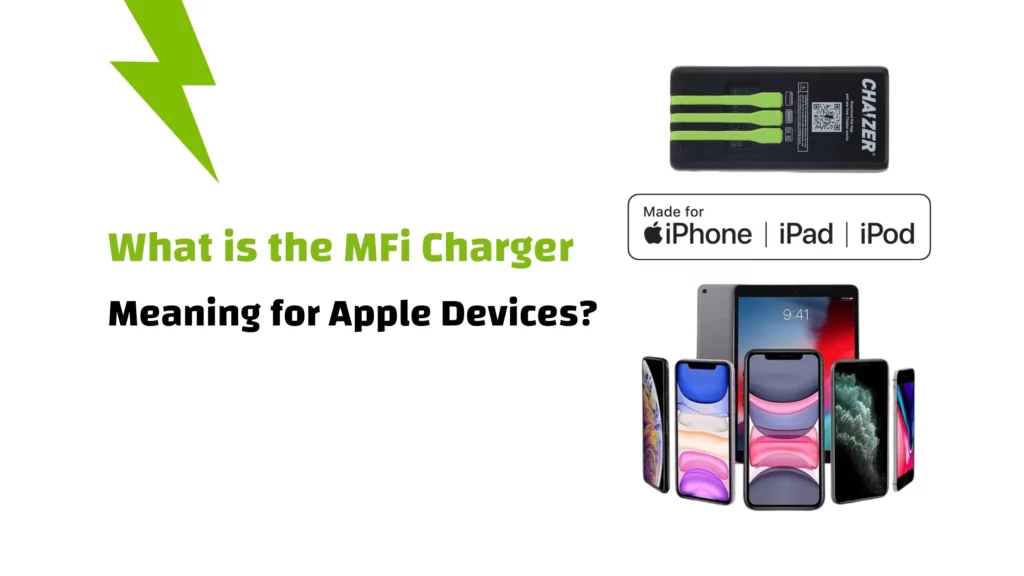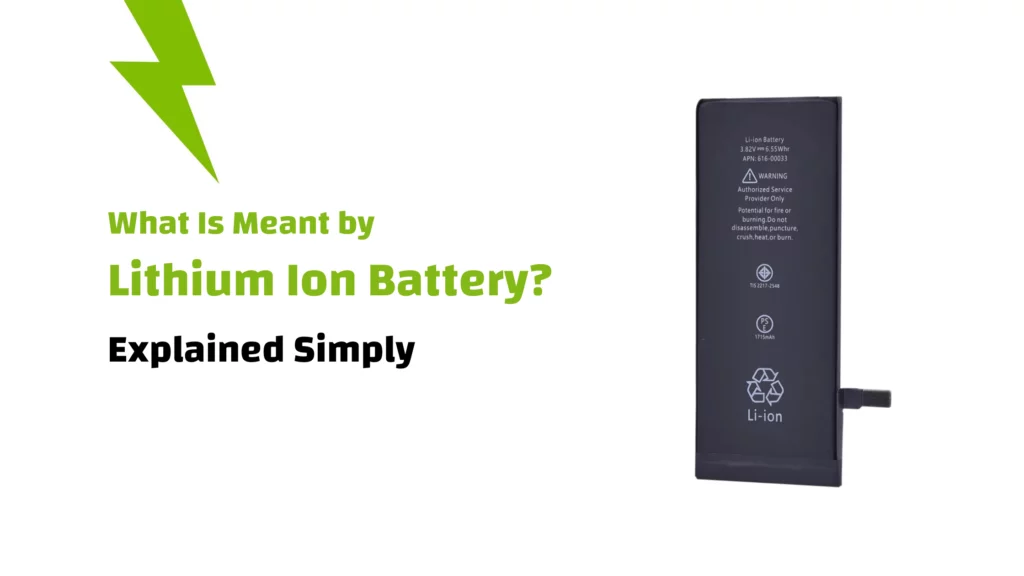With all the buzz around USB-C and lightning-fast charging, you might think the Micro USB cable is a thing of the past!
And yet, it’s still everywhere. From budget Android phones to power banks, this humble connector continues to power and sync millions of devices around the world.
So, what’s keeping it alive in a world moving so quickly toward newer tech?
➡ In this article:
We’ll break down why the Micro USB cable is still widely used today.
➡ You’ll learn:
What makes it stick around, where it excels, where it falls short, and why many manufacturers still choose it, despite newer alternatives on the market.
What Is a Micro USB Cable?

A Micro USB cable is a small, rectangular connector that became the standard for charging and data transfer in many electronic devices for over a decade.
Before USB-C took over, it was everywhere, from phones and tablets to cameras and headphones.
Where Is It Commonly Used?
1. Charging Devices
Micro USB cables were the go-to for charging Android phones, tablets, and portable gadgets, especially before USB-C became mainstream.
2. Transferring Data
Need to move photos or files between your phone and your computer? The Micro USB cable can do that too.
3. Connecting Accessories
You’ll still find Micro USB ports in digital cameras, Bluetooth speakers, wireless headphones, and even some power banks. It’s not just about power, it’s about compatibility with all kinds of tech.
Why Is the Micro USB Cable Still in Use Today?
Even though it’s been around for years, the Micro USB cable hasn’t disappeared, and for good reason.
It’s still a practical solution for many users and manufacturers, especially in certain device categories.
👉 Here’s why it continues to stick around:
-
Lower Cost
Micro USB cables are cheap to produce, which makes them a popular choice for budget-friendly devices like basic smartphones, small electronics, and accessories.
-
Wide Compatibility
From older Android phones to Bluetooth speakers, digital cameras, and even some power banks, this cable still works with a broad range of devices.
-
Easy to Find
Whether you’re at home, traveling, or just out and about, Micro USB cables are widely available.
You’ll likely find one in your drawer or borrow one from a friend.
-
Simple to Use
While it’s not reversible like USB-C, the Micro USB connector is straightforward enough that most people can plug it in without a fuss.
-
Good Enough for Basic Needs
For users who don’t need ultra-fast charging or high-speed file transfers, Micro USB still delivers reliable performance for everyday tasks.
-
Strong Presence in Secondhand Markets
In many developing markets, secondhand smartphones and electronics are in high demand, and most of them still use Micro USB.
That keeps the need for this classic cable alive.
You might be interested in:
Wireless Charging vs Wired: What You Should Know
Downsides of Micro USB Compared to Modern Alternatives
While the Micro USB cable was once the go-to standard for charging and data transfer, it’s now starting to show its age, especially when stacked up against newer technologies like USB Type-C.

Let’s take a look at some of its main limitations today:
-
Slower Charging and Data Transfer Speeds
Micro USB simply can’t keep up with the high-speed performance of modern cables.
Whether you’re transferring files or charging your phone, the difference in speed between Micro USB and USB Type-C is noticeable.
-
One-Way Insertion Only
Unlike USB Type-C, which is reversible, Micro USB must be plugged in a specific way.
This can be frustrating, especially in low light or when you’re in a rush.
-
Shorter Lifespan
The design of Micro USB is more prone to wear and tear.
Over time, the metal connectors can bend or loosen, which affects both performance and reliability.
-
Limited Support for Newer Features
Features like fast charging, high-resolution data transfer, or power delivery are mostly unsupported with Micro USB.
If your device relies on advanced charging tech, you’ll need something more modern—like Type-C.
-
Compatibility Issues with New Devices
Most of today’s smartphones, tablets, and laptops now use USB-C.
That means if you’re using the latest tech, Micro USB probably isn’t compatible.
In short:
While Micro USB cables still work well for older devices and basic use, they’re no longer the best fit for today’s high-performance gadgets.
Which Devices Still Use Micro USB Cables Today?
Despite the rise of newer charging technologies, the Micro USB cable is still widely used across many electronics.
Whether it’s for work, entertainment, or basic everyday use, here are some common devices that still rely on this classic connector:
1. Budget and Older Smartphones
Many entry-level and older-generation smartphones continue to use Micro USB for both charging and data transfer.
You’ll find this port on devices like:
- Early models from the Samsung Galaxy J and A series
- Older Xiaomi Redmi phones
2. Power Banks (Portable Chargers)
A large number of power banks – especially those released before USB-C became standard – still use a Micro USB input for charging.
Even some recent models include Micro USB support to maintain compatibility with older phones and accessories.
3. Other Everyday Electronics
Micro USB remains the connector of choice for many small, affordable gadgets:
- Digital cameras – Used for battery charging or file transfers
- Bluetooth devices – Such as budget wireless earbuds and portable speakers
- Gaming controllers – Like older PlayStation controllers and handheld consoles
- Smart home devices – Including smart plugs, LED lighting controllers, and indoor temperature sensors
While it may no longer be the cutting-edge option, the Micro USB cable still plays a practical role in keeping countless devices powered up and connected.
Chaizer Power Bank: A Smart Choice That Supports Micro USB
If you still rely on devices that use a Micro USB cable, choosing a power bank that supports this connector is more than convenient, it’s essential.
The Chaizer power bank offers a practical solution with its built-in multi-cable design, which includes a dedicated Micro USB option.
That means you can charge different devices, whether it’s an older phone, Bluetooth headphones, or even another power bank, without carrying separate cables.
So if your everyday tech still runs on Micro USB, a reliable and best portable charger like Chaizer ensures you’re always powered up and ready to go, no matter which connector your device uses.
The Future of the Micro USB Cable: Is It Fading or Evolving?
As charging and data technologies continue to advance, many wonder:
Is the Micro USB cable on its way out, or will it remain in use for specific devices and markets?
-
Will It Disappear Completely?
Despite its decline in popularity, it’s unlikely that Micro USB will vanish anytime soon.
Why?
Because it still serves a large segment of devices, especially those that don’t require fast charging or high-speed data transfer.
-
Strong Presence in Emerging Markets
In regions where affordability is key, Micro USB remains a logical and accessible choice for both manufacturers and consumers.
Its low cost and simple production process make it ideal for budget-friendly devices.
-
Continued Use in Basic Electronics
From digital cameras to low-cost Bluetooth speakers and smart home gadgets, many simple devices still rely on Micro USB because they don’t need cutting-edge features, just reliable power and data transfer.
-
Facing the Future
That said, Micro USB may struggle to stay relevant as more advanced devices adopt USB Type-C for its speed, power, and versatility.
Major brands are phasing out Micro USB in favor of universal standards.
👉 Bottom Line on Its Future
While Micro USB might not be the go-to option for next-gen tech, it still has a role, particularly in affordable electronics and emerging markets.
Its practical value and ongoing demand ensure it won’t disappear overnight.
Summary: Why the Micro USB Cable Still Matters?
Let’s break down why the Micro USB cable continues to exist today:
- ✅ It’s affordable and fits perfectly with budget devices.
- ✅ Still widely available and easy to replace.
- ✅ Supports many older gadgets still in circulation.
- ✅ Plays a key role in emerging markets with limited access to newer tech.
- ✅ Remains vital in low-cost electronics and household devices.
➡ In short:
While it’s not the fastest or most modern solution, the Micro USB cable still offers practical value for users with simple needs.
For many, it’s not about the newest, it’s about what works. And for now, Micro USB still gets the job done.





